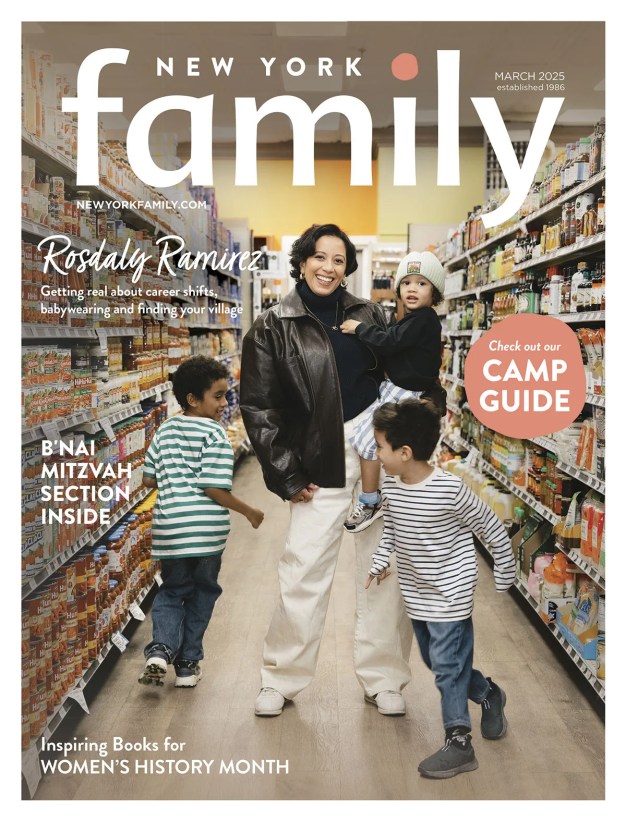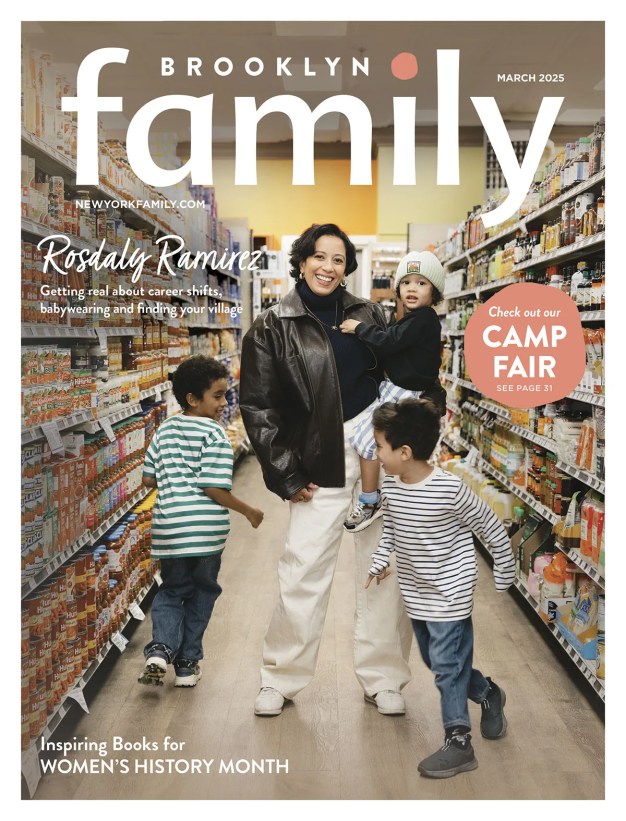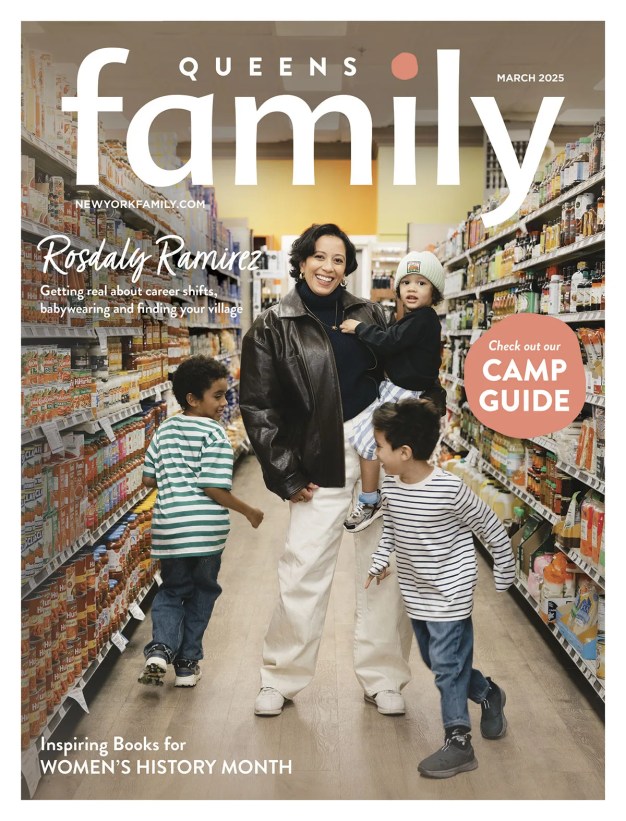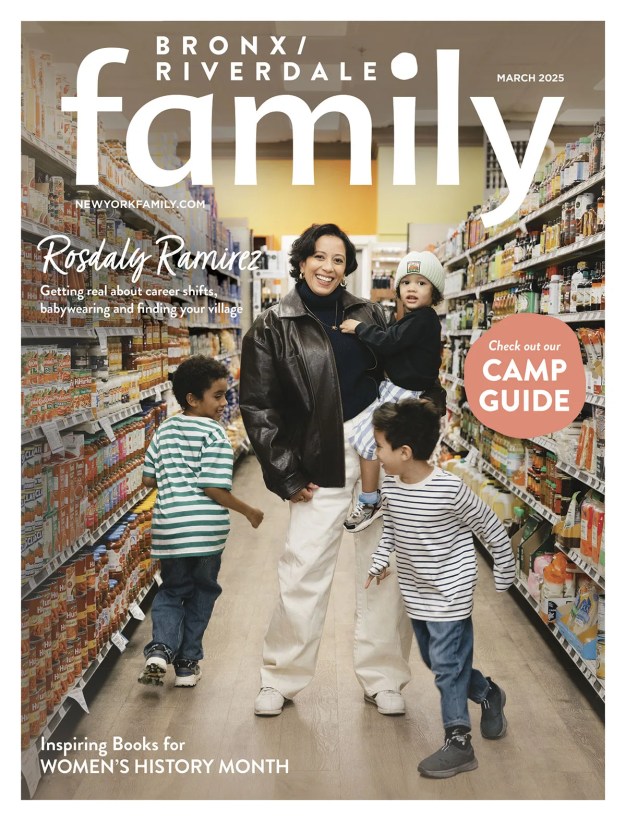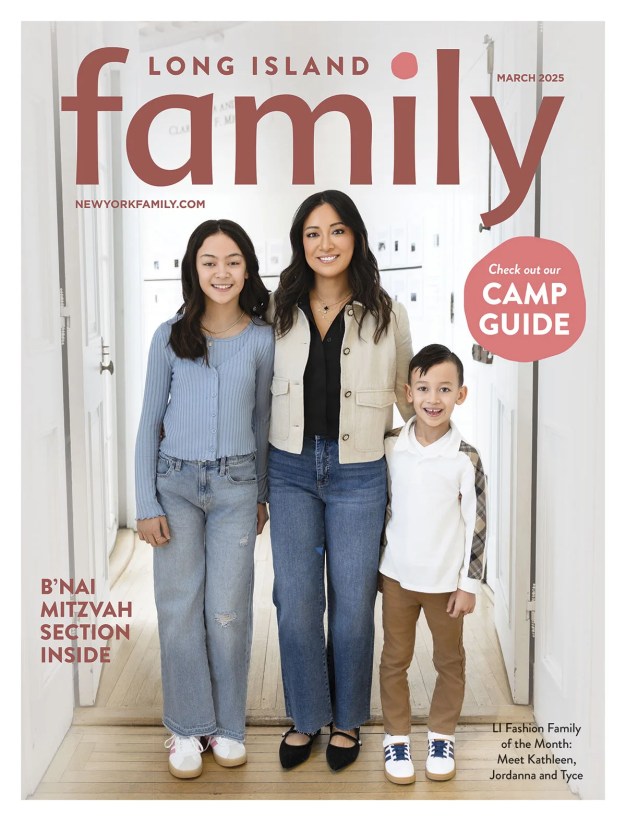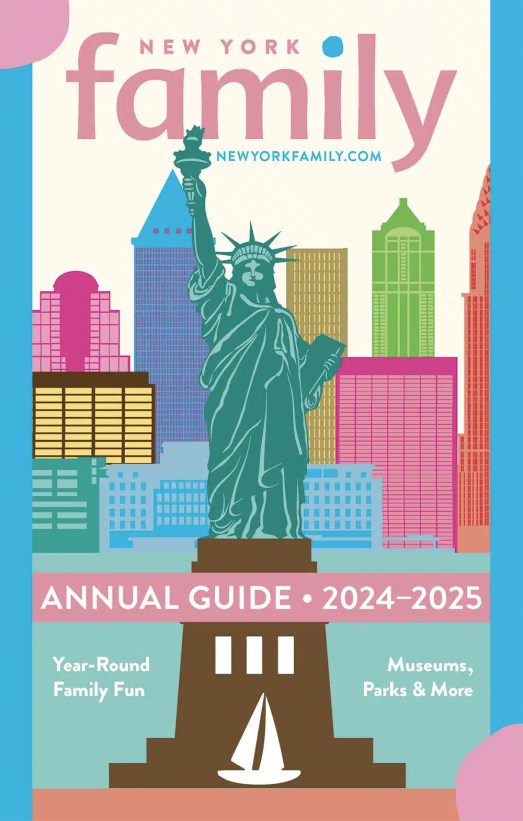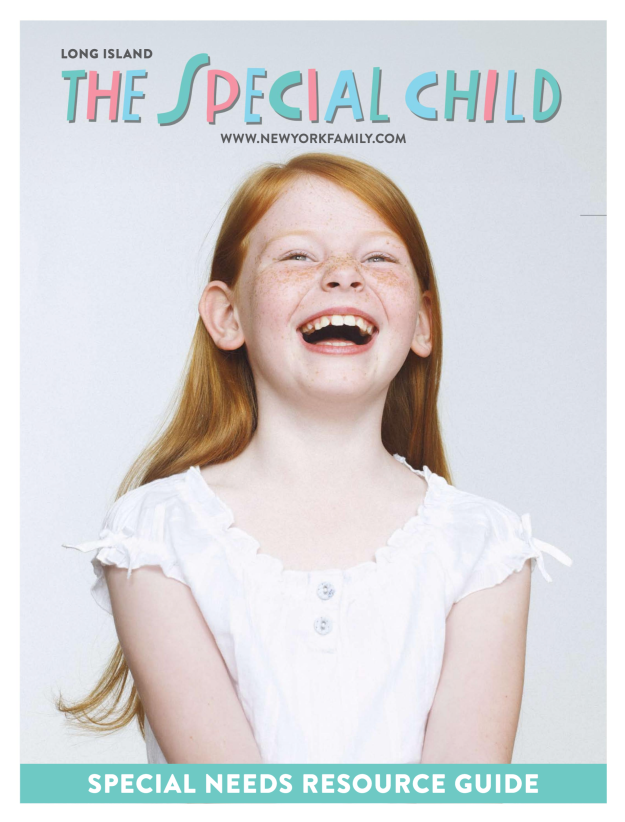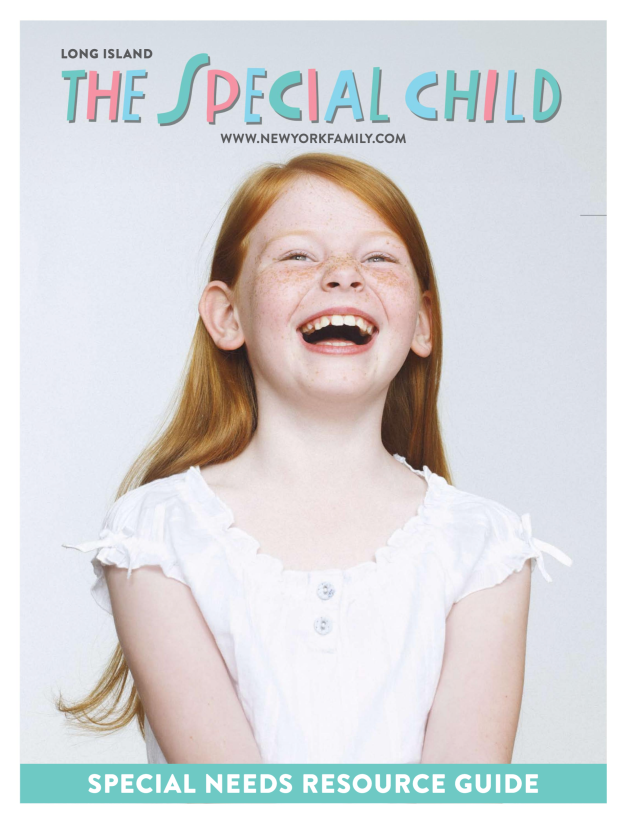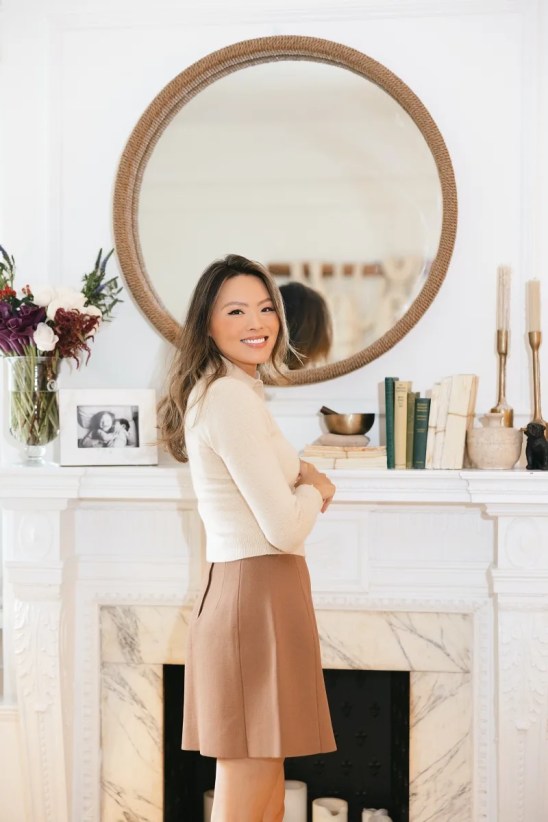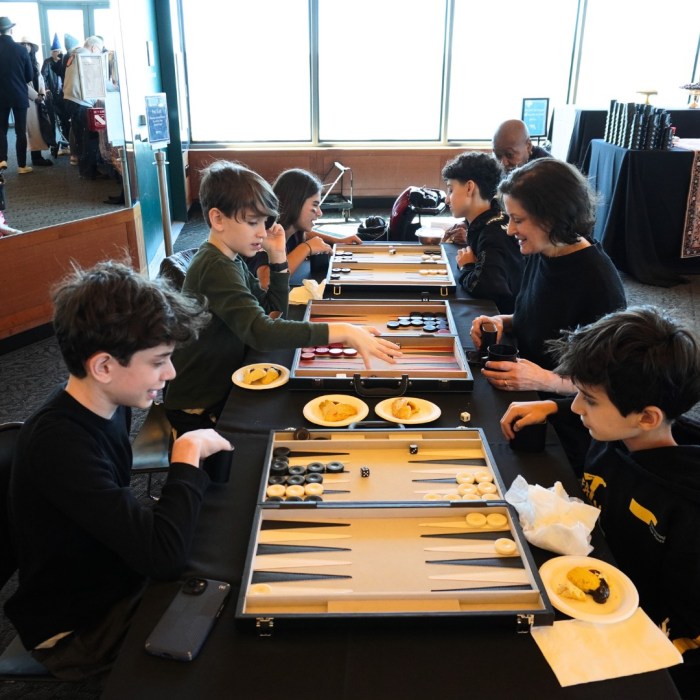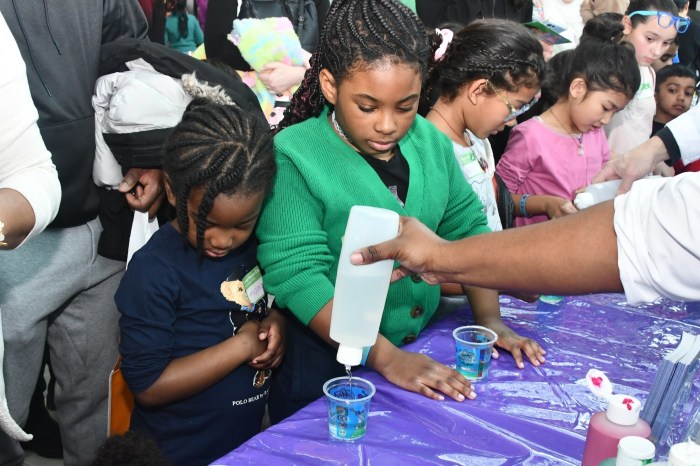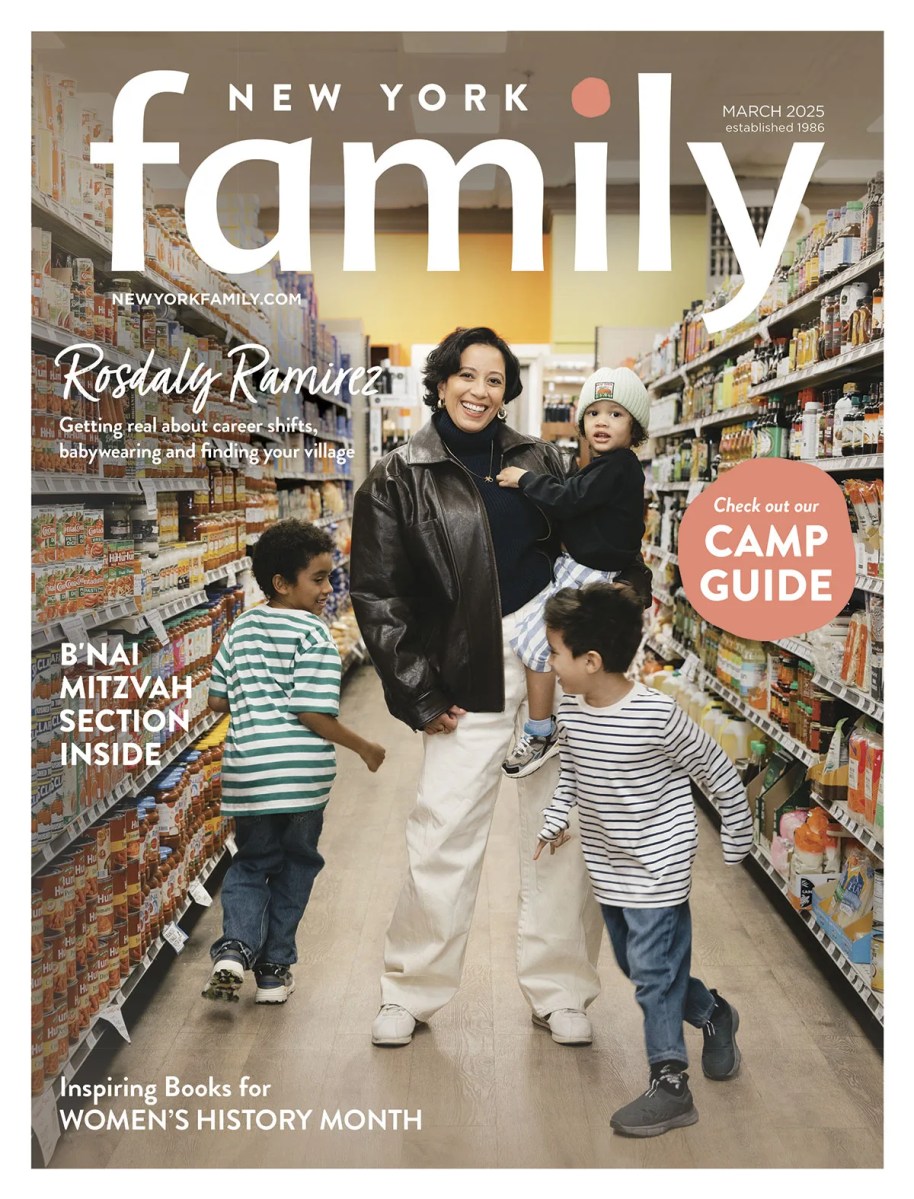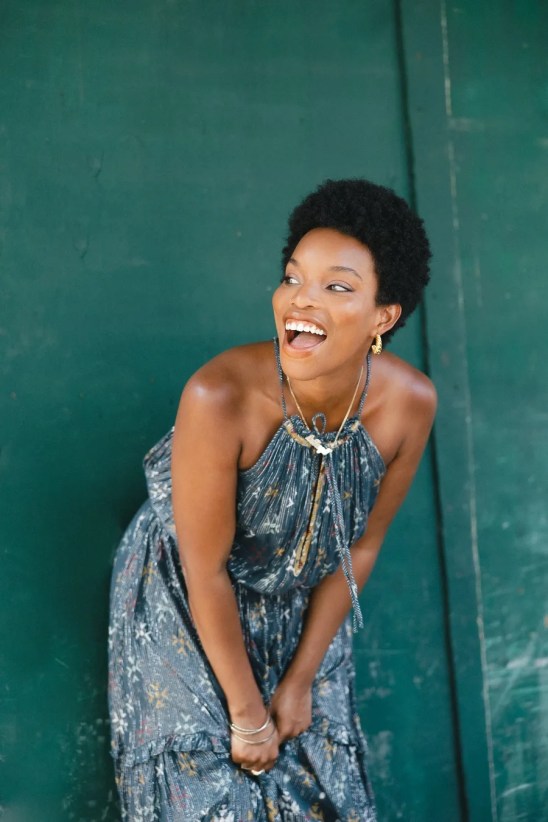
Meet Our October Cover Mom LaTonya Yvette
There’s a sweet moment toward the end of LaTonya Yvette’s new collection of essays, Stand in My Window: Meditations on Home and How We Make It, where she sends her friend, Claude, a picture of her freshly painted living room in Fort Greene. “You’re always so good at making a house feel like a home,” Claude writes back. “Your homes have a scent. Your clothes. Upstate too. And they all have the same feeling.”
When I read these words, I smiled. I could feel LaTonya’s hand in mine. I could smell her delicious perfume—notes of palo santo, vetiver—and I could hear her warm, unmistakable laugh. Like Claude, I have the privilege of calling LaTonya a close friend. I’ve spent many a night dancing with our kids in her colorful, expertly thrifted Brooklyn apartments over the years. And since my family moved upstate, I’ve been LaTonya’s ride from the Amtrak station to The Mae House, the 200-year-old home she fearlessly purchased on her own in 2021, lovingly restored, and opened up as a rest-as-residency space for BIPOC communities.
That feeling pervades all of the above spaces. It is a feeling of safety, of belonging, and of the search for joy no matter how bleak the season. It is felt in the pink bookshelf hauled from a street corner and given a second life, or in the frayed piece of her grandmother’s lace hung as a curtain. Quite simply, that feeling is LaTonya herself.
Psst… Meet New NYC Schools Chancellor Melissa Aviles-Ramos
And while you may have seen images of LaTonya’s homes over the years—whether on her gorgeous Instagram feed, in her debut book, Woman of Color (2019), or on the namesake blog where she first stole all of our hearts—in the essays collected in Stand in My Window, LaTonya weaves together the intimate stories behind these spaces, the strong Black women who came before her, and on whose shoulders she stands, and how she finally, painstakingly, found home.
LaTonya may be my friend, but I was (and continue to be) a fangirl first. Like so many in-the-know New York moms, I came upon her heartfelt writing, effortless style, and that signature smile when she first burst onto the predominantly white lifestyle blog scene in 2012. Yes, her blog covered the ups and downs of urban motherhood—with light-strewn windows into her plant-filled homes (not to mention, her enviable closet edits!)—but LaTonya was never just another Mommy Blogger.
She was, and is, a writer growing in Brooklyn —one who has generously shared a window into her life every step of the way.
As her platform grew, LaTonya continued to raise the bar, pushing the limits of what a lifestyle blog could be. Yes, her home design tips were ingenious in their scrappy elegance, and her Black beauty how-to series took on cult status. But she also gave voice to personal, at-the-time rarely discussed heartbreaks, such as miscarriage and divorce. In short, LaTonya went deep online before it was cool to do so. Plus, as social and political issues ramped up—The Women’s March, Black Lives Matter, the climate crisis—LaTonya centered her activism and community building, inspiring her readers to roll up their sleeves and become more engaged warriors in the world. All this, and the hard-won parenting wisdom gleaned from raising her daughter, River, and her son, Oak, through the lens of a Black, twentysomething (eventually single) working mom in her most beloved New York.
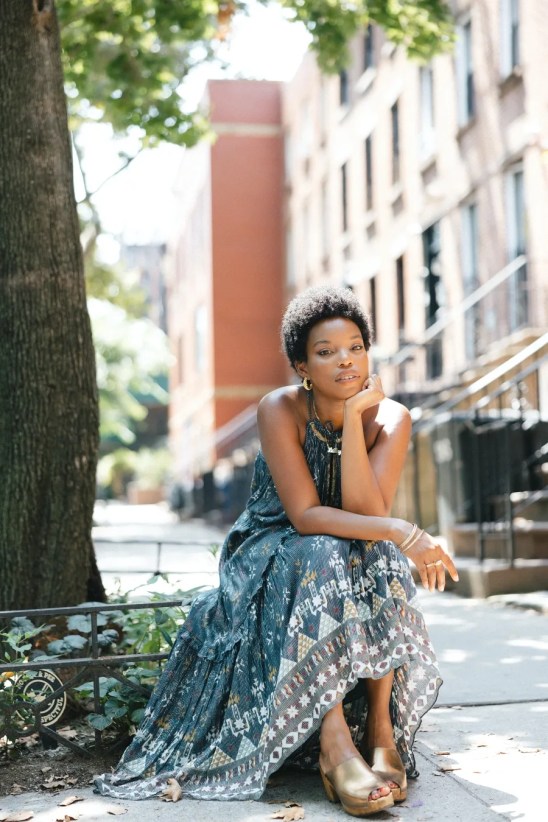
Who didn’t have a major Mom Crush on LaTonya Yvette?
Who didn’t want to stop her on the subway or at the Fort Greene Farmer’s Market. (PS. If you’ve ever walked down the street with LaTonya, you’ll understand she is quite simply a New York celebrity.)
Who didn’t want to feel that feeling?
It was no surprise then that LaTonya made the leap from blog to book with the publication of Woman of Color in 2019. Part memoir, part lifestyle guide, her first book was the natural next step from her blog, which she was quickly outgrowing. Much like her blog defied genres, Woman of Color wasn’t just another influencer book. LaTonya wove even deeper personal stories—love, loss, racism, navigating vitiligo and lupus, among other struggles—into a wider web, alongside the empowering stories of other strong Black women, too.
It was clear she was forging her own memoir style, asking the question: how do we share our own stories, and in doing so, amplify the struggles of others, particularly those who came before us, thus locating our lives in the greater scheme of things?
When LaTonya sent me the beginnings of Stand in My Window (as writer friends, we are often each other’s first readers), I was immediately struck by the even greater scope of her lens, and the sharpening of her style. She had just published her second book, her first for children, 2022’s playful and affirming The Hair Book (“Covered hair / Bun hair / Party hair…No matter your hair – YOU are welcome anywhere!”). She had also weathered the height of the pandemic, the end of a relationship, and the restoration of The Mae House, all against the backdrop of our increasingly tense world. All of the above find their way into the pages of Stand in My Window, a collection of essays that, according to LaTonya herself, took some time to find its way.
But it was worth the wait. The result is a must-read meditation on finding home both within ourselves and in our communities, and an exploration of how we grow, dream, change, and ultimately heal inside these freshly painted, lovingly stewarded spaces.
As she writes in the book’s Introduction, “My future is made by all the Black, Indigenous people of color who have carefully, thoughtfully made their homes – driven in their souls by their own aspirations and ambitions, their memories of the past and reflections towards the future.” Throughout Stand in My Window LaTonya highlights the influence of personal heroines such as bell hooks, Audre Lorde, and Jamaica Kincaid, alongside perhaps lesser-known urban warriors, Black farmers, and activists, as well as beloved friends and family, valuing interdependence and honoring those who inspired her along her journey.
I also should mention that, like her blog and Woman of Color, Stand in My Window features intimate images from LaTonya’s camera roll—selfies with morning coffee at home, the burning of sage, laundry drying on the rack (a whole chapter of the book explores the laundry rack, and all it evokes). It has always delighted me, as a friend, to see LaTonya search for her manual camera mid-conversation or during dinner clean-up, eager to capture the moment. I know I’m not alone in looking forward to her images, which, in their intimate conversation with her words, compliment her highly personal storytelling. Her photography is perhaps a nod to another personal heroine, the photographer Carrie Mae Weems, whose “Kitchen Table” series, in which she depicts domestic scenes and images of Black womanhood, LaTonya has admired over the years in her writing.
While she has grown tremendously over the years before our eyes as a writer, mother, and community builder—and her toolbox continues to fill with practices to make her dreams come true —LaTonya remains curious, open, and more comfortable than ever with not knowing what comes next. With Stand in My Window, Toni Morrison’s words come to mind: “If there’s a book that you want to read, but it hasn’t been written yet, then you must write it.” Lucky for us, she did just that.
As a friend, fan, and hype woman (!), I had the pleasure of sitting down with LaTonya to delve deeper into Stand in My Window, her growth as a writer, and where she finds herself now as the seasons change—both at home in Brooklyn, upstate, and in her heart. I was struck, as I always am, by her courage, deep vulnerability, and her embrace of what Buddhists call “beginner’s mind.” I was also overwhelmed by a sense of awe. LaTonya reminds us to dream. She inspires us to go after that feeling – and that feeling is home.
What led you to share more of your heart on the page, and how did you grow as a writer in the process?
Stand in My Window is quite a large departure from Woman of Color to me… Woman of Color did what it was supposed to do – it allowed me to break into this nearly impossible publishing industry. [I sold] Woman of Color in 2017 when I was known as a lifestyle blogger. [Stand in My Window] was sold in 2020 during a time in which I had already grown as a writer, but also knew I was leaving the blogging space quite indefinitely, although there had been this new-found focus on Black people in the arts and online. So having the blog helped, as did having Woman of Color, but I had, in some ways, already departed – the work that wasn’t quite done inside of me, too. Overall, though, Stand in My Window was sold without a formal shape. And I needed some more experience and growing over the years of writing it…I think that is the heart that is picked up, as is the lack of digital veil.
There is strong reverence for lineage in Stand in My Window. Not just for your actual family but for your literary and political heroes, too. What does community and belonging mean to you?
Yes, thank you! I grew up where respect for the matriarchal figures in my family was paramount. And to be honest, when I think of our family structure—generations down— by design and by flaws, there were mostly women. And the men that were around deeply respected and revered the women, too. That alone allows me to step back and see how intricately layered the history of these women are and were in our upbringing. And when I set out to be a writer and a community builder, the work of Jamaica Kincaid, Audre Lorde, Mariame Kaba, were voices that whispered to me in the night and in the morning as a mother does. As I do to my own children. Reading bell hooks throughout writing this book and before, reminded me that I could build community, but I had to choose it for myself. So, to make it, I had to accept it. I ALSO had to BE it. And quite literally, live by her ethos. Which strangely mirror some of my maternal family’s, even of what was never ever spoken. Maybe Stand in My Window will do that one day for someone else? I could only hope. But those people truly held me. I am only here because of them.

While Stand in My Window is about both the rediscovery of home and the meaning of home (in all forms), I was taken by the exploration of travel in the second half. Does travel change how you view home? And how do you find home when you travel?
The more of the world I see, the more I realize how much I don’t know. Writing the book allowed me to explore the various versions of my own home and what I understand them to be. Now I realize, in travel that I do not seek to understand, but to just witness the many ways folks experience and understand home. Being able to move my body between space by choice as an adult is such a layered experience—there’s travel writing as work, traveling with my children to get away, traveling to just let there be room to write– it’s a privilege I am now aware of. And in another area, I think I am so used to the movement, that movement is part of how I create.
Stand in My Window is a book in two parts, Inhale and Exhale, and you talk throughout about the role of meditation and mindfulness in your life. Can you share what your practice looks like these days? Any tips, especially for busy parents, on how to carve the time and space?
Waking early to write (Toni Morrison taught me this in writing and in motherhood). I also heard from a therapist a long time ago, which is pretty embodied in the book, anything can be a form of meditation: sweeping the floor, washing the dishes, waiting in an aisle. I understand now that life will rarely slow down, so making time is a practice. As is anything worthwhile or useful.
One of my favorite chapters is “Lil Red,” named after your trusty toolbox, as it dives deep into your own “restoration” alongside that of The Mae House. As the kitchen is finally painted, and the native, black-eyed-Susan flowers blossom, you write that you, too, were “coming into whatever new self stood on the other side of it all.” How have you grown since writing those words? What does the rest of 2024 and looking forward to 2025 look like for you?
To be honest, I wish I knew what 2024 looked like beyond the book. I am deep in getting comfortable with it being in YOUR hands. And maybe more as a sign of a present practice, that’s where I am. I can’t move further than [the release of Stand in My Window] on November 12th. Once that happens, maybe I’ll think to January and so on. I have more writing to do in the meantime, and I am sorting “my body in the shape of things.”
Lastly, for fun, beloved objects, or the memory of objects past, play a huge part in both your story and what makes a home: the clock, your mother’s shattered jaguar, or “the desk of your own” come to mind. Are there any new or salvaged objects in either your Brooklyn apartment or at The Mae House that mark this new chapter in your life?
You gave me a signed Carrie Mae Weems poster! It says, “Remember to dream.” I am hanging it up next week. That’s where I am…I am trying to remember to dream, and I am quite lucky to have people and things that remind me to do so.
Stand in My Window: Meditations on Home and How We Make It is out November 12th via Dial Press.
